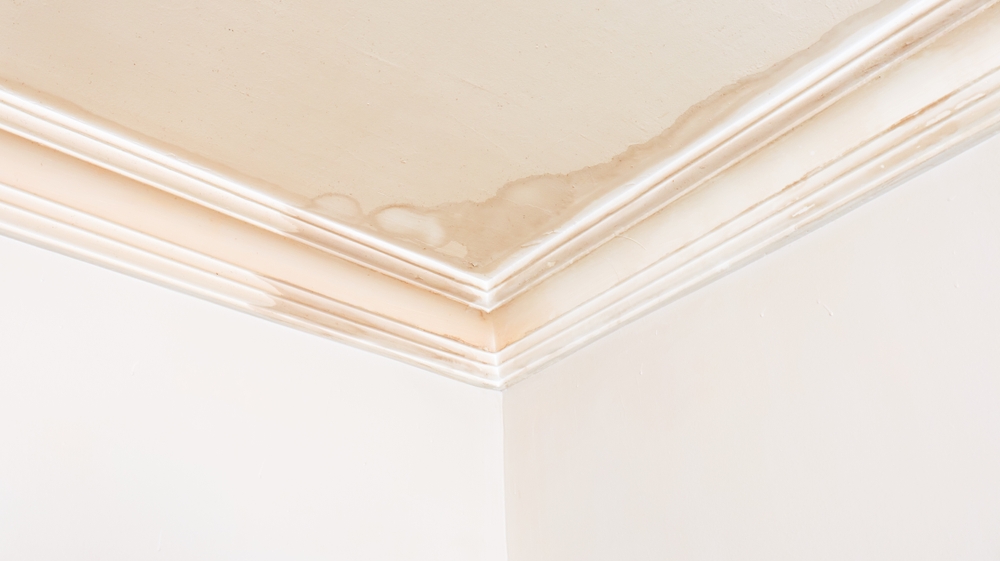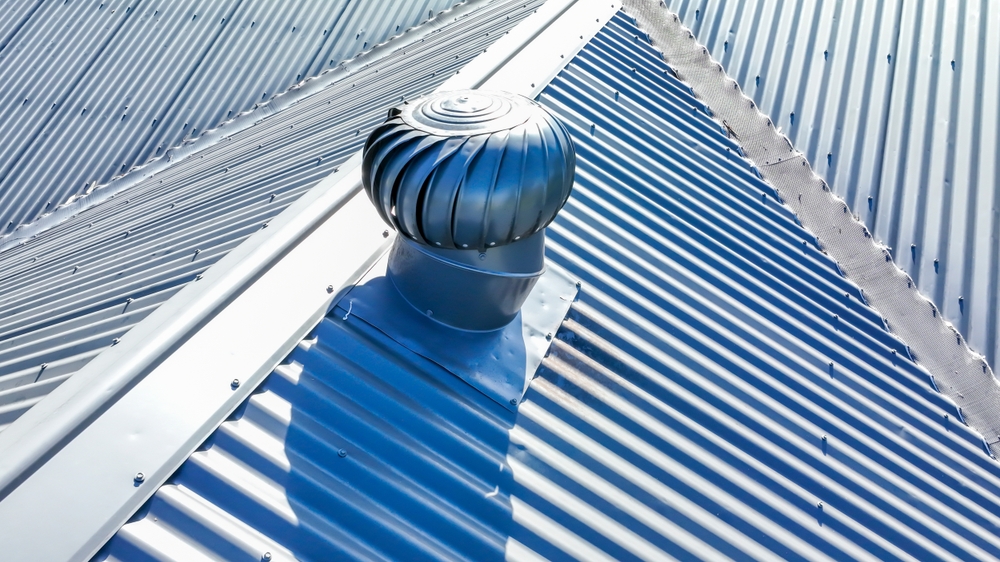Living on the Sunshine Coast means enjoying sun-soaked beaches and ocean breezes. However, it also means your roof is constantly battling coastal humidity. That salty sea air might feel refreshing, but it gradually wears down your roof. It can cause rust, rot, mould, and expensive repairs. Experts at CBT Roofing understand the local climate and the toll it can take on your home.
In this guide, we’ll break down how coastal humidity damages your roof, what early red flags to look for, and what you can do to protect your home year-round. Let's get started!

Living by the coast means dealing with more than just sea breezes. Persistent humidity can quietly deteriorate your roof. Different materials, like metal, tile, or timber, react differently to humidity, and understanding these effects is key to protecting your home. Let’s take a closer look at how moisture in the air can weaken your roof over time.
Understanding how moisture penetrates roofing materials is crucial for maintaining the integrity of a structure. High ambient humidity doesn't just hover above the roof; it can infiltrate roof cavities, underlays, and even the structural timber, leading to a myriad of issues.
Roof cavities, the spaces between the roof and the ceiling, are vulnerable to moisture penetration. Humid air can seep into these cavities through small gaps or improperly sealed joints. Once inside, the moisture can condense on cooler surfaces, allowing water droplets to form and accumulate.
Underlays, the protective layer beneath your roof surface, can also be compromised by humidity. If the underlay becomes saturated, it loses its effectiveness.
Roof framework is another critical component susceptible to moisture. Humid conditions can lead to the absorption of water by the timber, increasing its moisture content. As time passes, this can weaken the timber's structural integrity, making it more prone to damage and decay.
The impact of high humidity on roofing materials goes beyond mere moisture penetration. Prolonged exposure to damp conditions can cause several issues that compromise the durability and functionality of the roof.
When timber absorbs excessive moisture, it creates an ideal environment for fungal growth, leading to timber rot. This decay weakens the wood, compromising the structural stability of the roof. If left unchecked, rotting beams can quickly snowball into expensive fixes. Worse, a compromised roof structure.
Metal roofing materials, such as steel or aluminium, are not immune to the effects of humidity. Moisture can cause metal surfaces to oxidise, leading to rust and corrosion. This affects the roof’s appearance and weakens the metal.
Sealants keep water out at roof seams and joints. However, high humidity can degrade these sealants and cause them to crack or lose adhesion. Once the sealants fail, water can breach the roof barrier and reach deeper layers.
Mould thrives in damp, humid environments. Once moisture penetrates the roof cavity and other components, signs of microbial growth can quickly develop. Not only does this affect the structural materials, but it can also pose health risks to occupants by releasing spores into the indoor air.
Different roofing materials react differently to prolonged exposure to humidity. Understanding these reactions can help in selecting the appropriate roofing solution for humid climates.
Tile roofing, often made from materials like clay or concrete, is generally more resistant to moisture. However, the porous nature of these materials means they can absorb some over time. Additionally, the spaces between tiles can allow moisture to penetrate if not properly sealed, affecting the underlying structure.
Metal roofing is known for its durability and resistance to moisture. However, prolonged exposure to humid conditions can lead to rust and corrosion, especially if the protective coatings are compromised. Regular maintenance, such as applying rust-resistant paint or coatings, is essential to extend the lifespan of metal roofs in humid environments.
Asphalt shingles can be vulnerable to humidity. The shingles themselves may not absorb moisture, but the organic materials used in their production can become a breeding ground for mould. Additionally, the adhesive that holds shingles in place can degrade in humid conditions, leading to loose or missing shingles.

Coastal humidity doesn’t always show its effects right away. However, the damage becomes harder to ignore. What starts as a small stain or a patch of mould can quickly escalate into more serious structural issues if left unchecked. Spotting red flags early can save your roof from long-term damage and avoid expensive repairs down the track. In this section, we’ll discuss the most common visual clues that your roof might be suffering from humidity damage.
One indicator of humidity damage inside your home can be stains on the ceiling. These stains often appear as discoloured patches that may range in colour from a light yellow to a dark brown. They often result from moisture leaking through the roof into the ceiling. If left unchecked, these stains can lead to the deterioration of the ceiling's structural integrity.
A persistent musty odour in your home, especially in the attic or upper levels, can be a strong indicator of excess moisture. This smell is often caused by fungal infestations, which thrive in damp environments. While the smell itself might seem like a minor inconvenience, it points to a more serious issue that could compromise the health of your family and the structure of your home.
The presence of algae or lichen on your roof is a clear sign of humidity damage. These organisms thrive in moist environments and can cause damage to roofing materials over time. Algae often appear as dark streaks, while lichen manifests as crusty or scaly patches. Both can cause deterioration of shingles and tiles, leading to leaks and structural issues.
Metal components of your roof, such as flashing or gutters, are susceptible to rust when exposed to high humidity levels. Rust patches not only compromise the aesthetic appeal of your roof but can also lead to more severe issues. Regular maintenance and inspections can help in identifying and treating rust before it escalates.
Swelling or warping is a common sign of moisture intrusion. Timber expands when it absorbs moisture. In time, it can lead to structural weakening and potential failure. This issue can be particularly prevalent in areas where the roof meets the walls, so it's essential to check these areas regularly for any signs of swelling or warping.
Here’s why catching humidity damage early is so important:

Preventing humidity damage starts with understanding how moisture interacts with your roof and taking proactive steps before small issues turn into major repairs. With the right maintenance and upgrades, you can protect your roof and extend its lifespan. Let’s explore practical, proven ways to shield your roof from the effects of moisture and keep your home safe, dry, and resilient all year round.
Proper ventilation is crucial in reducing humidity levels within your roof space. Here are some effective methods to enhance roof ventilation:
Clogged gutters can lead to water accumulation and increased humidity levels around your roof. Regular cleaning keeps gutters free of leaves, twigs, and debris. This is important after storm season when debris accumulation is more likely. Also, install gutter guards to prevent debris from clogging your gutters.
Choosing the right materials can make a difference in how your roof withstands humidity:
Regular roof inspections are vital in coastal areas where humidity and salt can accelerate wear and tear.
Certain situations necessitate the expertise of a professional roofer:
Coastal humidity is part of life on the Sunshine Coast, but damage to your roof doesn’t have to be. By recognising the early signs and staying on top of maintenance, you can save thousands in long-term repairs. If you’re unsure about your roof’s condition or need expert guidance tailored to coastal environments, CBT Roofing is here to help. Book your inspection today and give your roof the year-round protection it deserves.